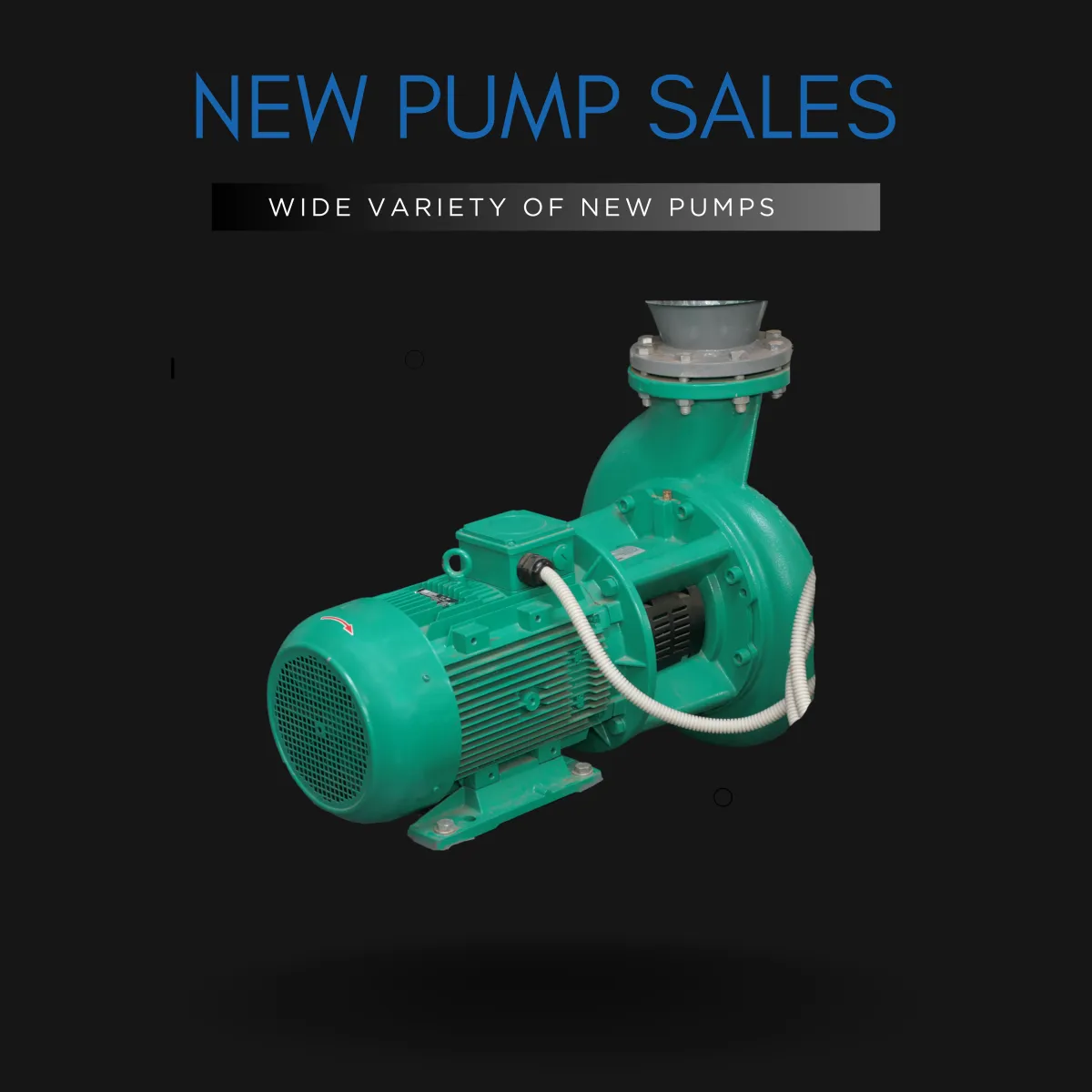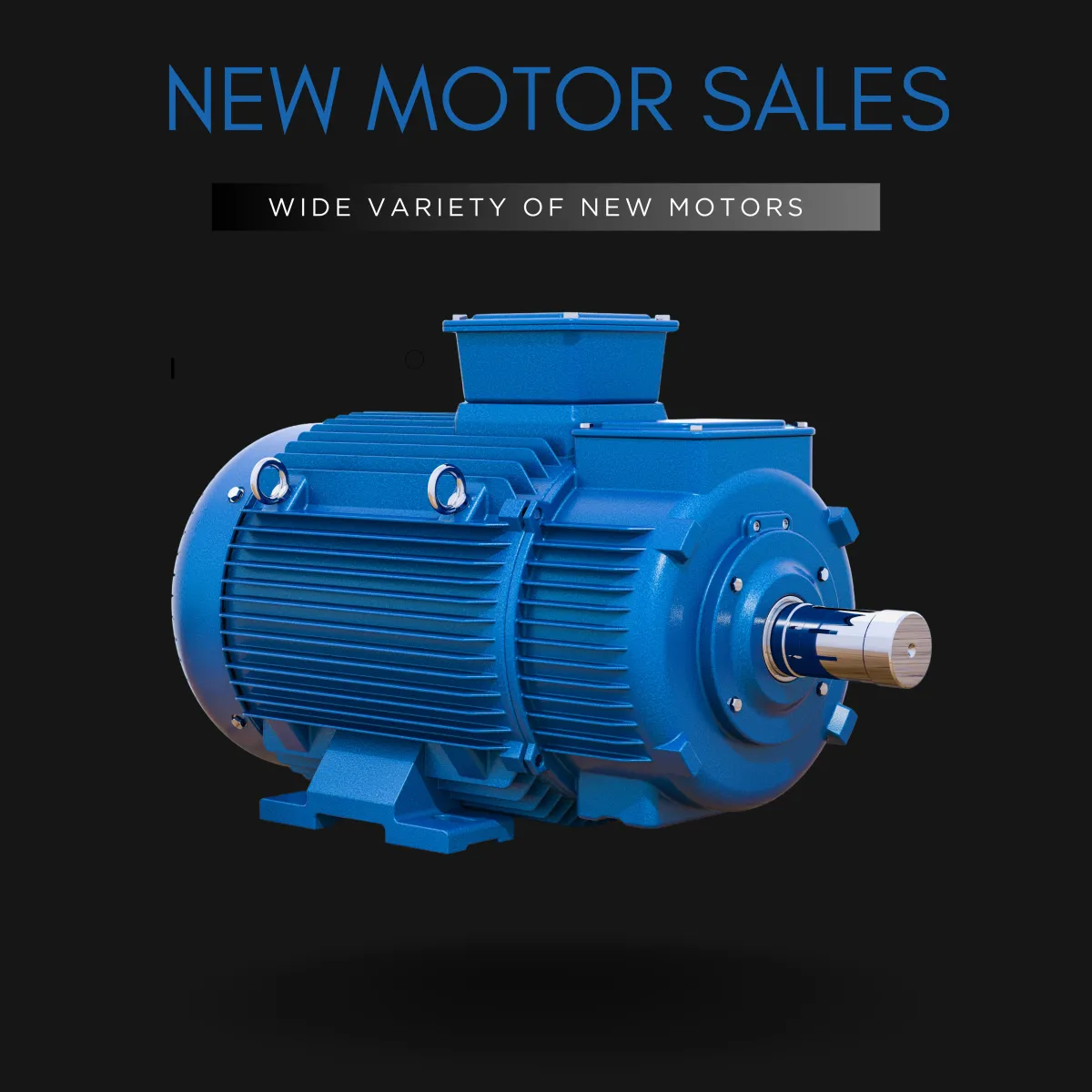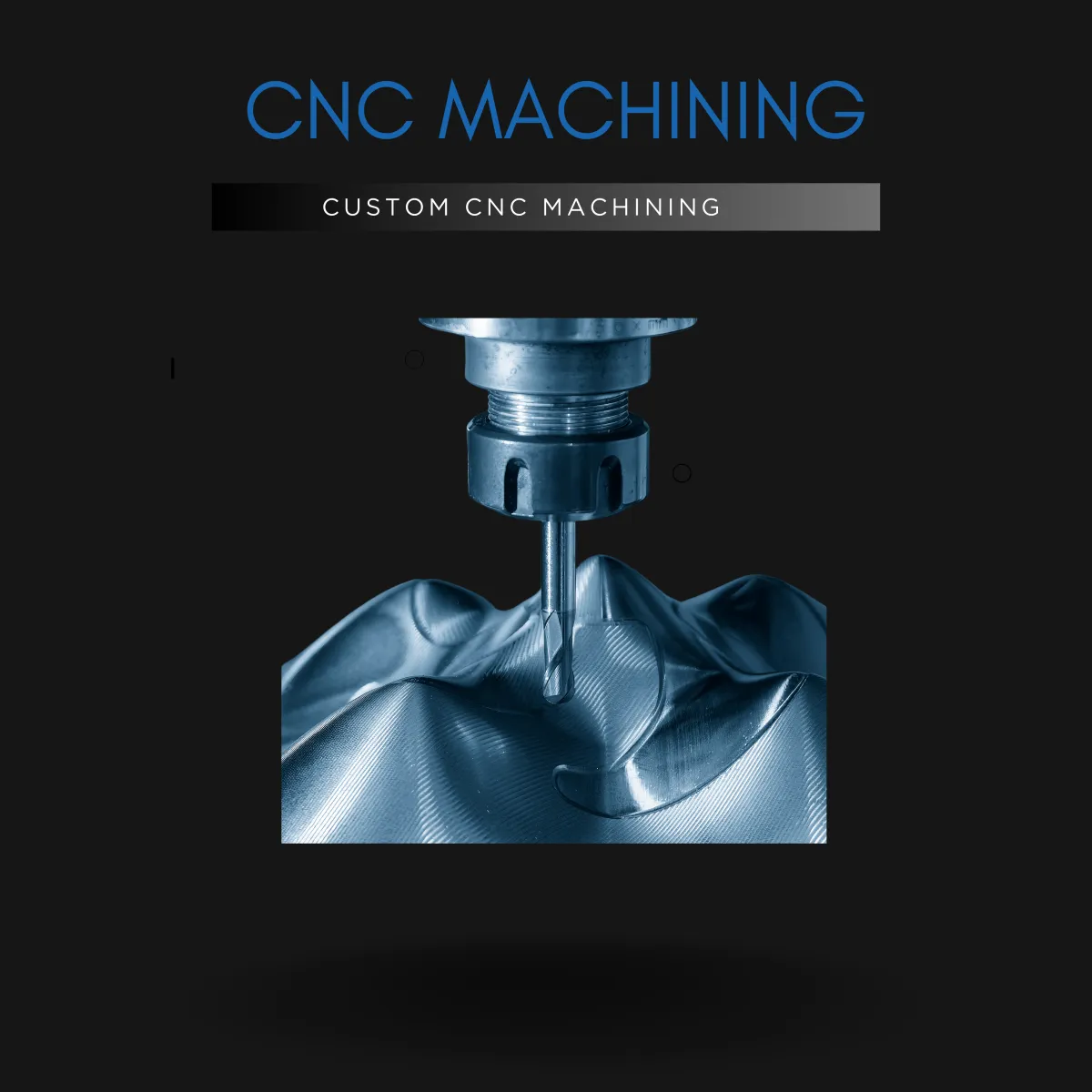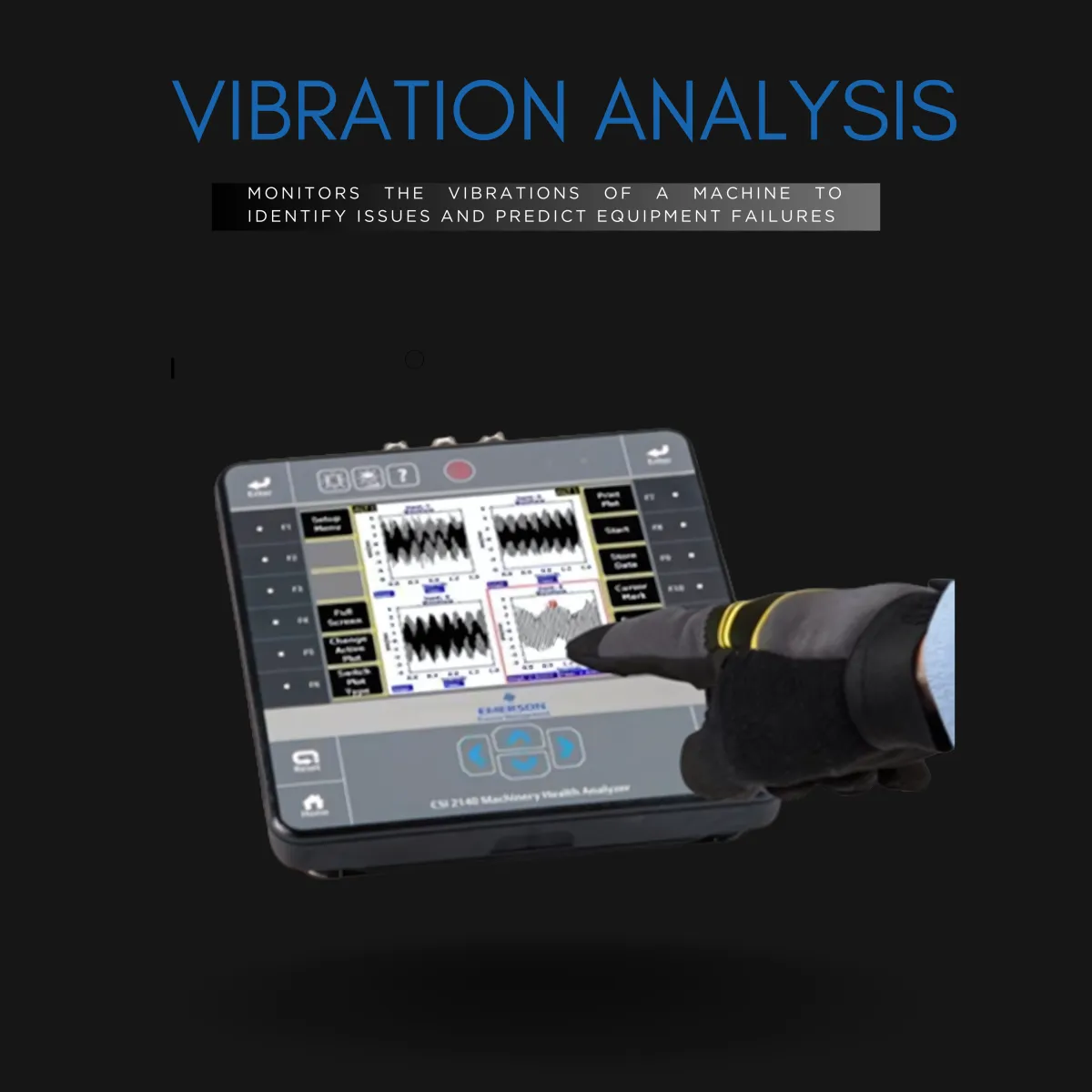RELIABLE REWINDING SERVICES
All Your Electric Winding and Repair Needs—Handled in One Place!

Motor Rewinding
We specialize in rewinding electric motors, pumps, transformers, and alternators, ensuring optimal performance and reliability for industrial applications.

Condition Monitoring
We Provide advanced, reliable solutions like vibration analysis and thermal imaging for effective condition monitoring of electric motors and panels in industries such as pharmaceuticals, agriculture and production.

Industrial Repairs
We Offer expert industrial repairs, including laser alignment, balancing and fitting new motors, pumps and bearing replacement , as well as servicing gearboxes motors, pumps, fans and shafts
OUR PRODUCTS
Innovative Solutions for Every Need
At Postma & Postma, we pride ourselves on offering a diverse range of high-quality products designed to meet the unique demands of various industries. Our extensive product lineup includes:
Pumps and Motors: Reliable and efficient, our pumps and motors are built to ensure optimal performance and longevity in any application.
Transformers: Manufactured for precision and durability, our transformers provide seamless power distribution tailored to your specific requirements.
CNC Components: From prototypes to large-scale production, our CNC machining services deliver precision-crafted parts that meet the highest standards of quality.
OUR SERVICES
Comprehensive Repair And Servicing Expertise
Postma & Postma offers a full spectrum of services to ensure your operations run smoothly and efficiently. Our team of experts leverages advanced technology and industry best practices to deliver exceptional results, including:
Vibration Analysis: Proactively identify and address potential issues to maintain the longevity and efficiency of your machinery.
Thermography: Utilize thermal imaging to detect anomalies and prevent costly downtime through early issue identification.
CNC Machining: Achieve unparalleled precision with our state-of-the-art CNC machining services, customized to your project's specific needs.
Electric Motor Testing: Achieve optimal motor performance with our advanced Electric Motor Testing, using cutting-edge MCA technology to diagnose and enhance your motor's efficiency.
Balancing & Alignments: Achieve flawless operation with our expert balancing and precise laser alignment services, tailored to optimize your equipment's performance and extend its lifespan.
ABOUT US
Established in 1965 by Estienne and Julien Postma, our company began as an electric motor and armature winding business at 56 Perl Road, Korsten
We now proudly offer a full range of services to industries, municipalities, and farmers across the Eastern Cape. In addition to our core services, we have expanded into condition monitoring, providing:


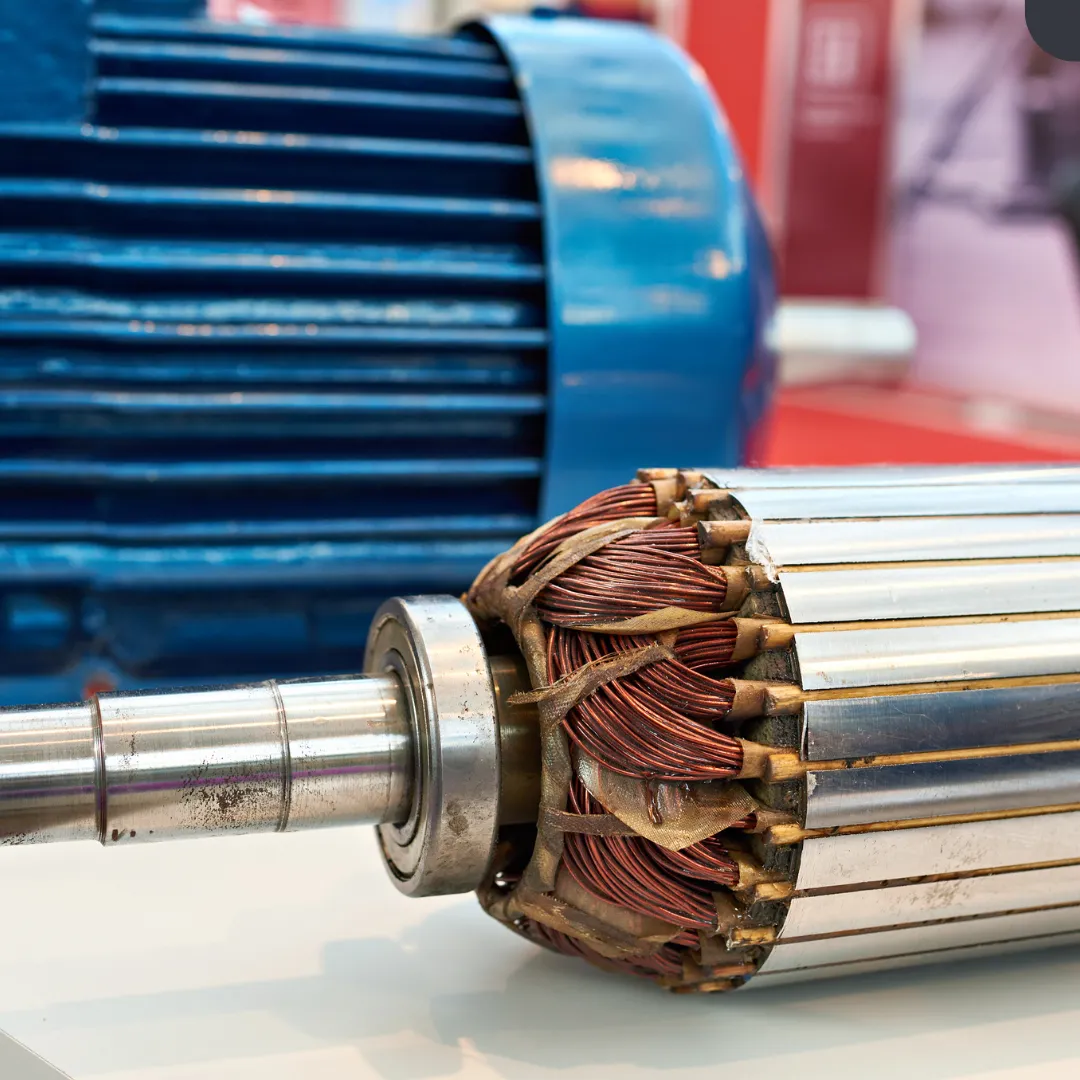

OUR CUSTOMERS

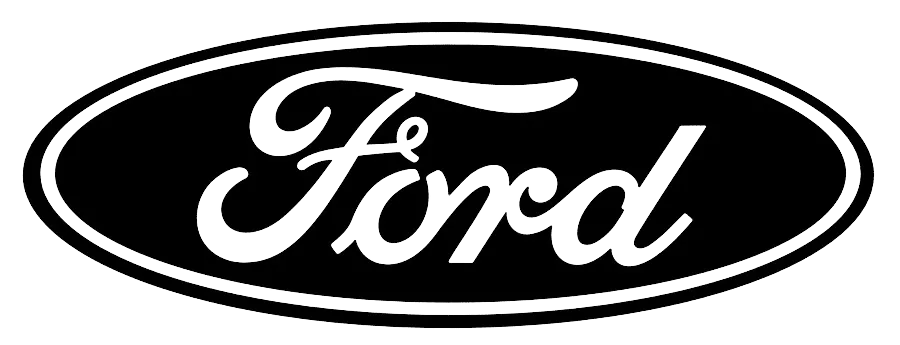
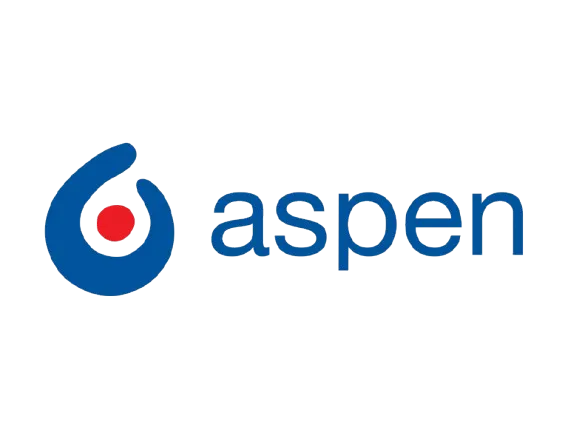
OUR CLIENT REVIEWS

Maybach Phanda
Friendly service, all smiles reception as well as at the receiving bay.

Willie Opperman
Helpful and knowledgeable. Professional and trustworthy

Miles Weidlich
They have their customers best interests at heart

